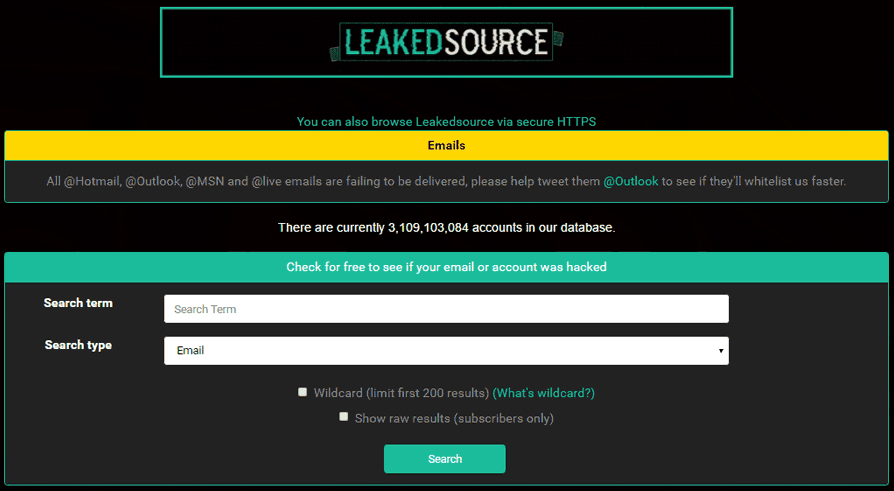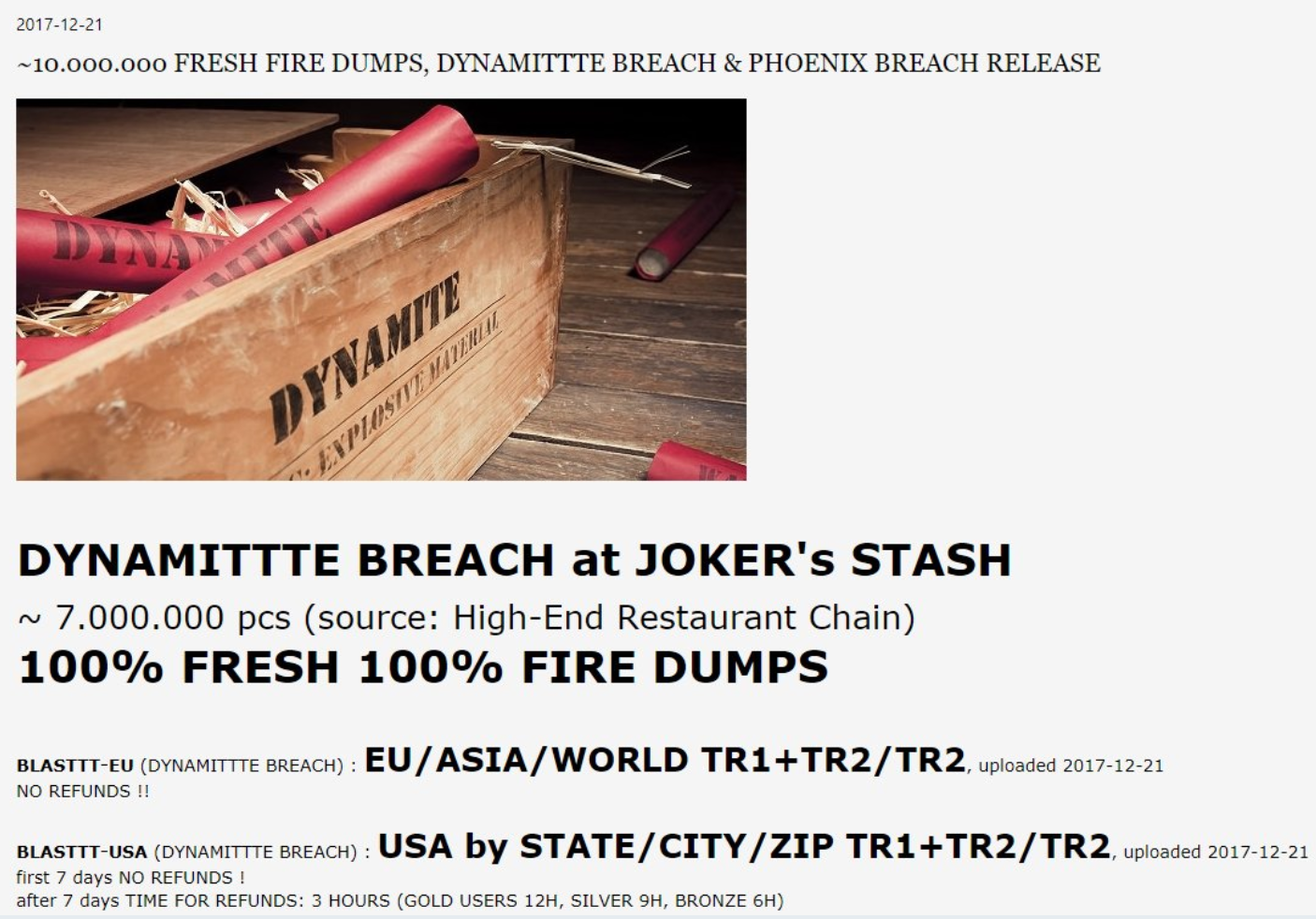Tyler Raj Barriss, a 25-year-old serial “swatter” whose phony emergency call to Kansas police last month triggered a fatal shooting, has been charged with involuntary manslaughter and faces up to eleven years in prison.

Tyler Raj Barriss, in an undated selfie.
Barriss’s online alias — “SWAuTistic” — is a nod to a dangerous hoax known as “swatting,” in which the perpetrator spoofs a call about a hostage situation or other violent crime in progress in the hopes of tricking police into responding at a particular address with potentially deadly force.
Barriss was arrested in Los Angeles this month for alerting authorities in Kansas to a fake hostage situation at an address in Wichita, Kansas on Dec. 28, 2017.
Police responding to the alert surrounded the home at the address Barriss provided and shot 28-year old Andrew Finch as he emerged from the doorway of his mother’s home. Finch, a father of two, was unarmed, and died shortly after being shot by police.
The officer who fired the shot that killed Finch has been identified as a seven-year veteran with the Wichita department. He has been placed on administrative leave pending an internal investigation.
Following his arrest, Barriss was extradited to a Wichita jail, where he had his first court appearance via video on Friday. The Los Angeles Times reports that Barriss was charged with involuntary manslaughter and could face up to 11 years and three months in prison if convicted.

The moment that police in Kansas fired a single shot that killed Andrew Finch (in doorway of his mother’s home).
Barriss also was charged with making a false alarm — a felony offense in Kansas. His bond was set at $500,000.
Sedgwick County District Attorney Marc Bennett told the The LA Times Barriss made the fake emergency call at the urging of several other individuals, and that authorities have identified other “potential suspects” that may also face criminal charges. Continue reading






 Last week’s story,
Last week’s story, 




 This past year KrebsOnSecurity published nearly 160 stories, generating more than 11,000 reader comments. The pace of publications here slowed down in 2017, but then again I have been trying to focus on quality over quantity, and many of these stories took weeks or months to report and write.
This past year KrebsOnSecurity published nearly 160 stories, generating more than 11,000 reader comments. The pace of publications here slowed down in 2017, but then again I have been trying to focus on quality over quantity, and many of these stories took weeks or months to report and write.
